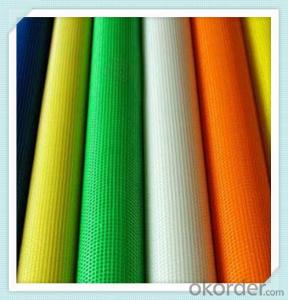Fiberglass fabric, a material that has been around for decades, has found its way into various industries, but its impact in the automotive industry has been nothing short of revolutionary. Known for its strength, durability, and lightweight properties, fiberglass fabric has become an essential component in the design and manufacturing of modern vehicles. Let’s dive into the world of fiberglass fabric and explore its applications in the automotive industry, with a touch of personality and emotion, of course!
The Evolution of Fiberglass in Automobiles
Back in the day, cars were made primarily from steel, which was heavy and not the most efficient material for high-performance vehicles. The introduction of fiberglass fabric changed the game. It was lighter, stronger, and more adaptable, making it the perfect choice for manufacturers looking to improve their vehicles’ performance and fuel efficiency. Over time, the use of fiberglass fabric in automobiles has evolved, and today, it’s not just about making cars lighter; it’s about enhancing the overall driving experience.
Design and Aesthetics
One of the most striking aspects of fiberglass fabric in the automotive industry is its versatility in design and aesthetics. Car manufacturers can mold and shape fiberglass into almost any form, allowing for more creative and aerodynamic designs. This has led to some truly iconic car models that are as much a work of art as they are a means of transportation. The emotional connection that drivers feel with their cars is often tied to the vehicle’s design, and fiberglass fabric plays a significant role in that.
Performance Enhancement
When it comes to performance, fiberglass fabric is a game-changer. Its lightweight nature reduces the overall weight of the vehicle, leading to improved acceleration, handling, and braking. This is particularly important in the world of racing, where every ounce counts. Fiberglass fabric also contributes to better fuel efficiency, which is a win for both the environment and the wallet.
Safety Features
Safety is a top priority in the automotive industry, and fiberglass fabric plays a crucial role in ensuring that vehicles are as safe as possible. Its high strength-to-weight ratio makes it an ideal material for impact absorption and energy dispersion. In the unfortunate event of an accident, fiberglass fabric can help protect passengers by absorbing and dispersing the force of the impact.
Customization and Personalization
For car enthusiasts, the ability to customize and personalize their vehicles is a significant part of the driving experience. Fiberglass fabric allows for endless customization options, from body kits to interior components. Whether you’re looking to make a statement on the road or simply want a car that reflects your unique style, fiberglass fabric makes it possible.
Sustainability and the Future
As the automotive industry moves towards more sustainable practices, fiberglass fabric is poised to play a significant role. It’s a renewable resource that can be recycled and repurposed, making it an environmentally friendly choice. Moreover, its lightweight properties contribute to reduced emissions and improved fuel efficiency, which aligns with the industry’s goals for a greener future.
The Emotional Connection
Driving a car is more than just getting from point A to point B; it’s an experience that evokes emotions. The feel of the steering wheel, the roar of the engine, and the sleek design of the vehicle all contribute to the emotional connection that drivers have with their cars. Fiberglass fabric, with its versatility and strength, enhances this experience, making it an integral part of the automotive world.
In conclusion, fiberglass fabric has become an indispensable part of the automotive industry. Its applications range from design and aesthetics to performance, safety, customization, and sustainability. As we look to the future, it’s clear that fiberglass fabric will continue to play a vital role in shaping the cars of tomorrow, bringing us a step closer to a more efficient, safe, and environmentally friendly automotive landscape.

